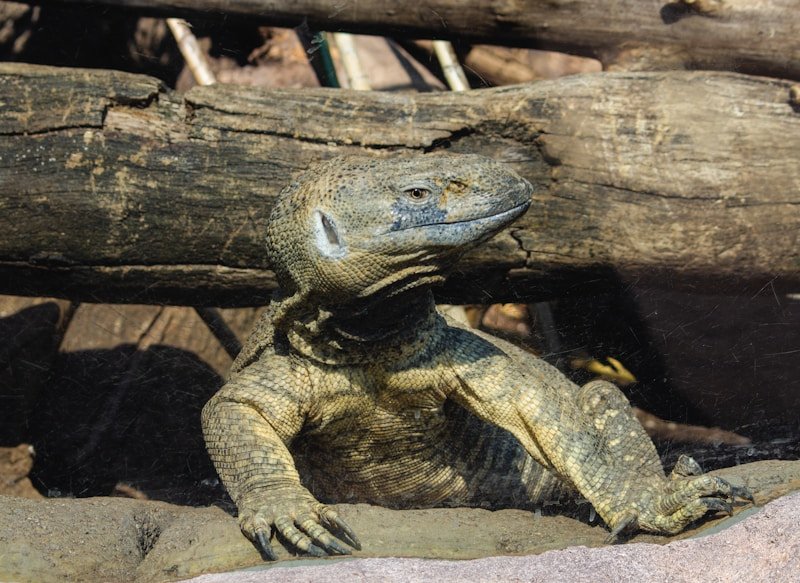Turtles and tortoises have long fascinated humans, their slow movements and hard shells a source of both mystery and admiration. These ancient creatures have been on Earth for over 200 million years, making them some of the oldest living reptiles. Despite their calm demeanor and relatively quiet existence, turtles and tortoises have intriguing lives that are full of remarkable behaviors and adaptations. In this article, we’ll explore the secret lives of these fascinating creatures, shedding light on their habitats, survival strategies, and unique characteristics.
1. The Difference Between Turtles and Tortoises
One of the most common questions about these creatures is the difference between turtles and tortoises. While both belong to the same family of reptiles, they inhabit very different environments. Turtles are generally aquatic or semi-aquatic, spending a large portion of their lives in water, whether it’s oceans, lakes, or rivers. They have streamlined shells and webbed feet, which help them swim efficiently. Tortoises, on the other hand, are land-dwellers. Their bulky, dome-shaped shells provide protection, and their feet are more robust and stumpy, designed for walking on land, especially in dry environments.
Both species share some common traits, such as their long lifespan, slow metabolism, and protective shells, but their lifestyles vary significantly. Turtles are more likely to be found in wetland areas, while tortoises thrive in deserts and forests.
2. Longevitys: The Timeless Survivors
One of the most remarkable features of turtles and tortoises is their longevity. These reptiles are famous for their long life spans, with some species living to be over 100 years old. The Aldabra giant tortoise, for example, is known to live up to 150 years, and even some sea turtles have been documented living for several decades.
This longevity is partly due to their slow metabolism, which means they don’t require as much energy to survive. They can go without food or water for extended periods, especially tortoises in arid environments. This makes them resilient to changing conditions, allowing them to thrive in regions with sparse resources.
Turtles and tortoises also have an incredible ability to regenerate certain parts of their bodies. For instance, some sea turtles can heal quickly from injuries like shell cracks, increasing their chances of survival in the wild.
3. Mating Habits: A Slow and Steady Approach
When it comes to mating, turtles and tortoises follow slow, deliberate processes. Their courtship rituals are not dramatic or flashy like those of some other animals, but they do involve specific behaviors that vary between species. Turtles typically lay their eggs on land, even if they live primarily in water. Female sea turtles, for instance, return to the beaches where they hatched to lay their eggs, a remarkable journey that can involve traveling thousands of miles across the ocean.
Tortoises, meanwhile, engage in intricate mating dances, which involve male tortoises pursuing females for long distances. During this pursuit, males will often use their heads, necks, and shells to nudge or tap the females. The mating season for many tortoises occurs after heavy rains when the environment is more favorable for hatching.
While the reproductive process can be slow, it is efficient. Turtles and tortoises generally have a high reproductive rate, with females laying dozens of eggs at once, ensuring the survival of their species, despite the many challenges they face.
4. Adaptations for Survival
Turtles and tortoises have developed a variety of adaptations that allow them to survive in some of the most extreme conditions on Earth. Their most notable adaptation is, of course, their shell. This protective barrier shields them from predators and harsh environmental conditions. The hard, bony shell is made up of a top part, called the carapace, and a bottom part, known as the plastron. The shells are incredibly strong and can absorb significant impacts, offering protection from many potential threats.
In addition to their shells, these creatures have evolved other survival mechanisms. For example, some species of turtles, particularly sea turtles, have developed specialized lungs and circulatory systems that allow them to dive deep underwater for long periods without needing to surface for air. Tortoises, on the other hand, have adapted to arid conditions by storing water in their bodies, allowing them to survive in desert environments for extended periods.
Their slow movement is also an adaptation to their environment. By conserving energy, turtles and tortoises can survive in areas where food is scarce, such as deserts or remote islands. Their diet varies based on their habitat, ranging from plants and algae to small insects and even carrion.
Conclusion
The lives of turtles and tortoises may seem quiet and uneventful at first glance, but beneath the surface, these creatures have evolved incredible survival strategies. From their protective shells to their unique mating rituals, their long lifespans and adaptability make them some of the most fascinating animals on Earth. Whether swimming gracefully through the ocean or trudging through the desert, turtles and tortoises continue to captivate us with their resilience, patience, and mysterious ways. As we learn more about these ancient creatures, we gain a deeper appreciation for the delicate balance of life on our planet and the importance of protecting these incredible species for future generations.

